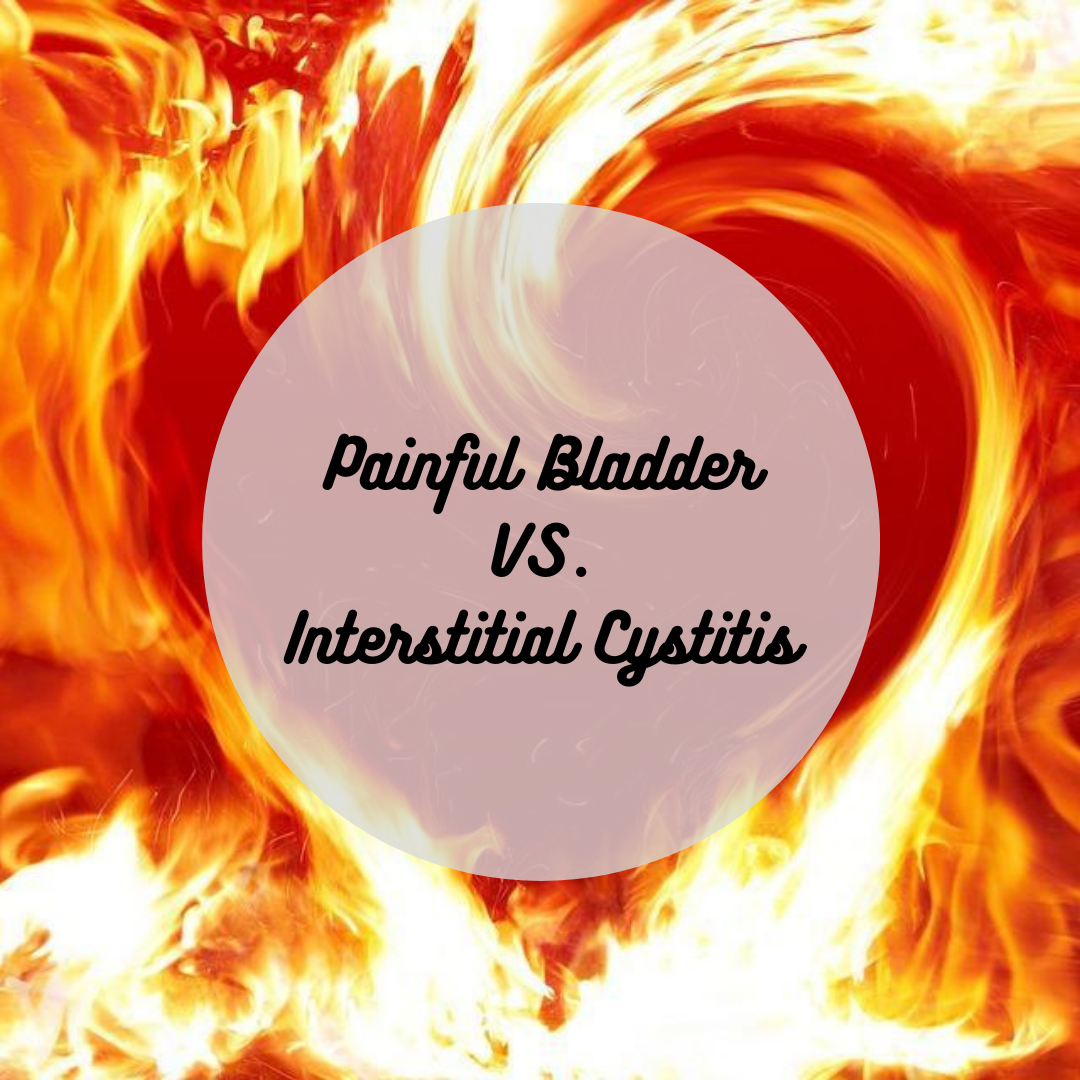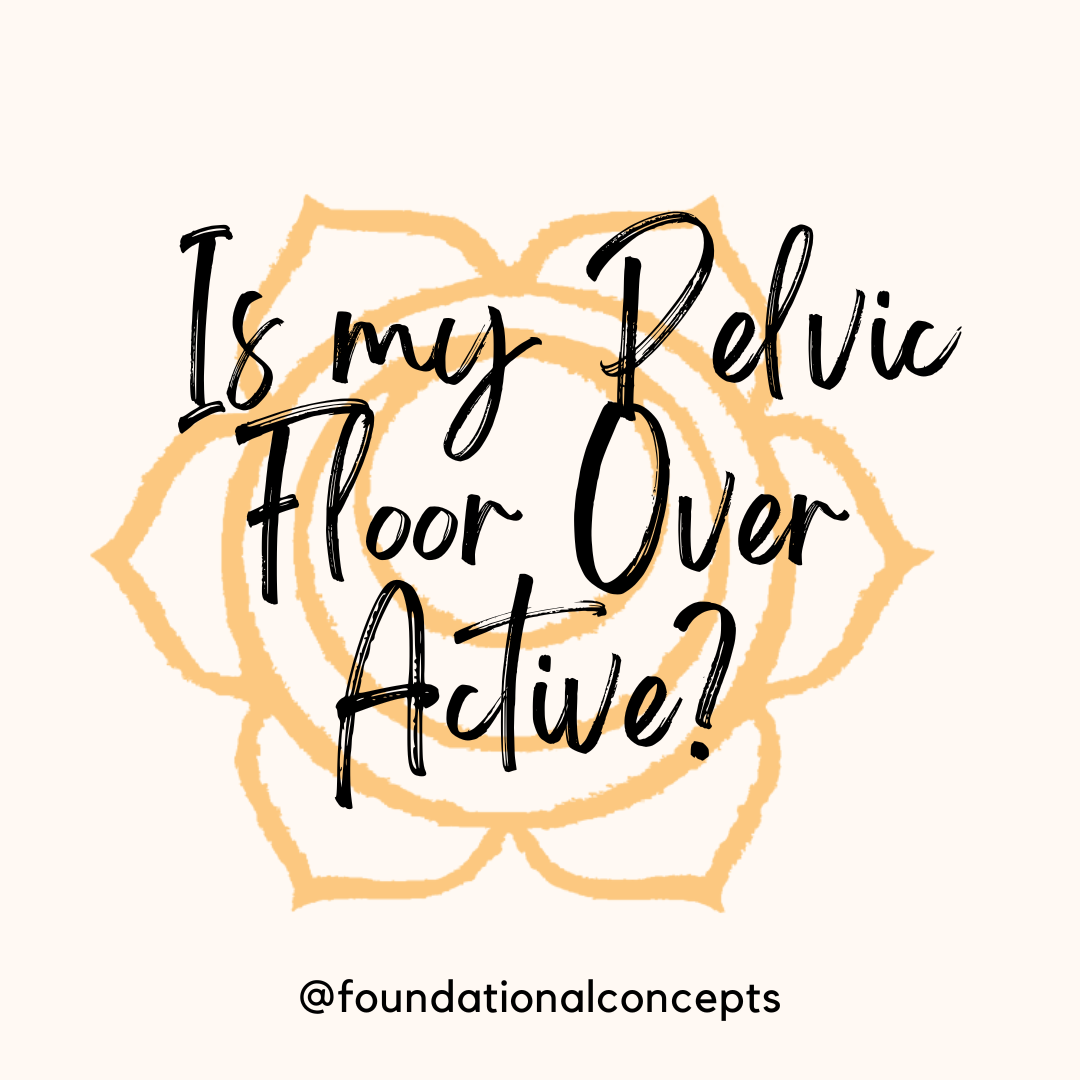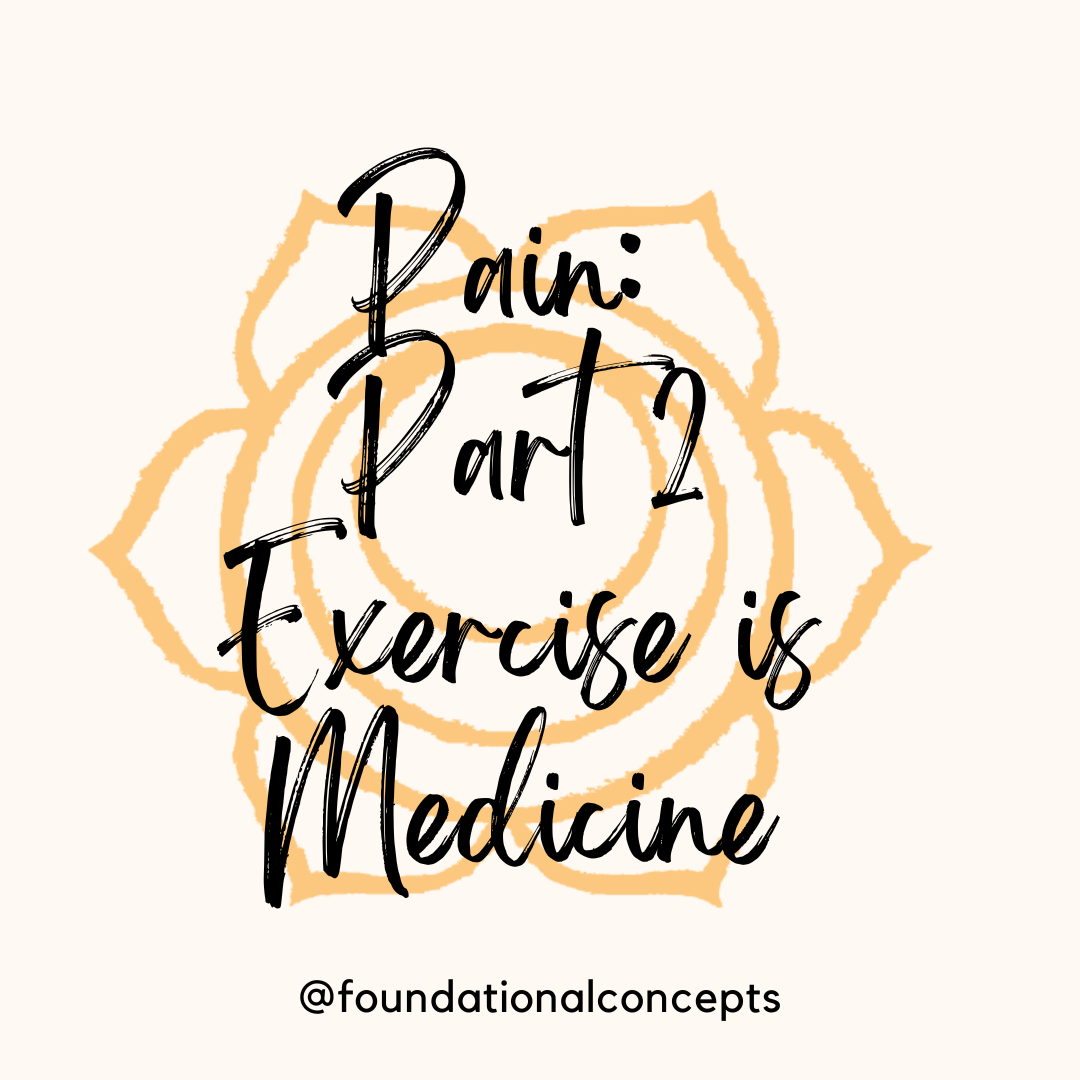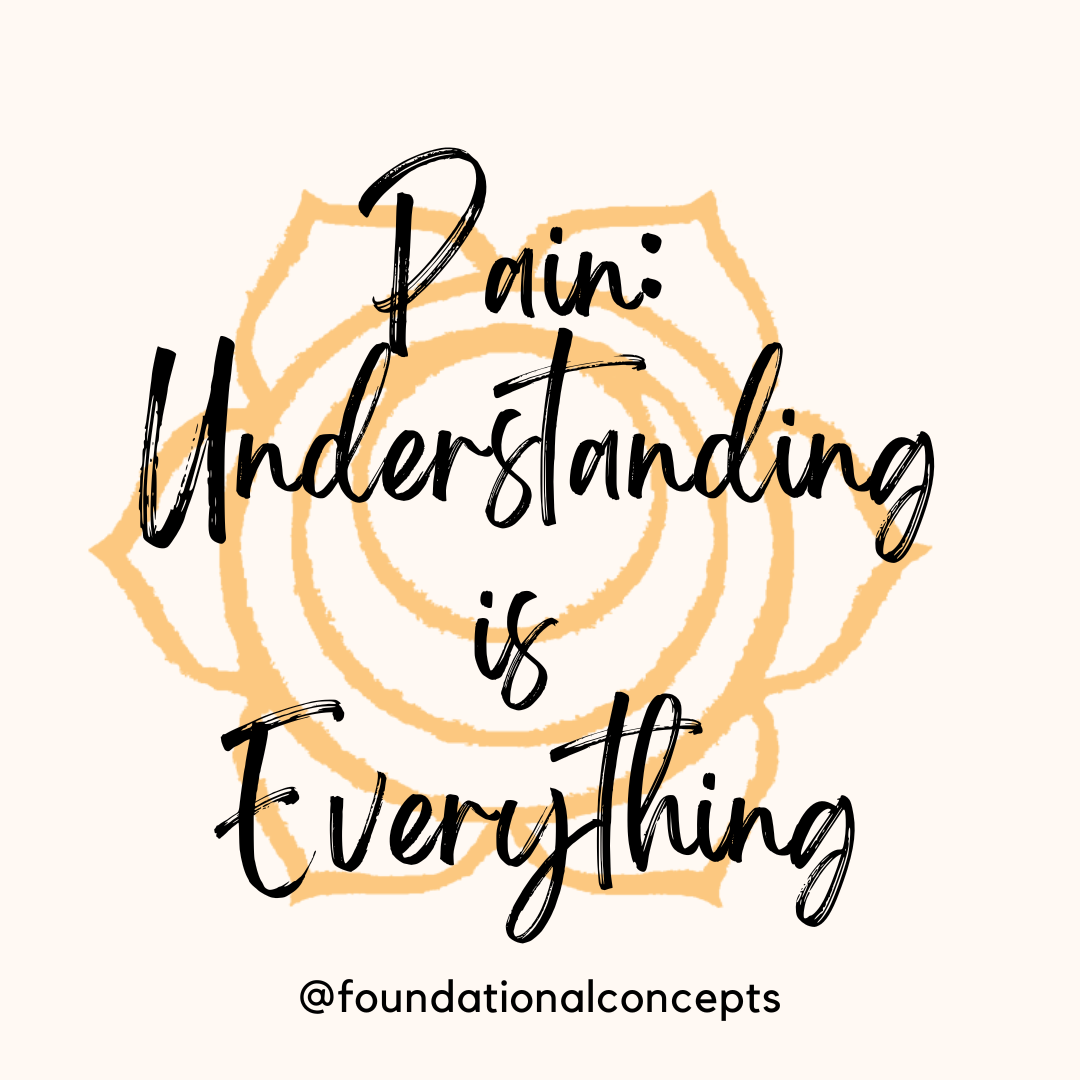Let's break down what Pelvic Floor Muscle over activity might look like. This can be…

Painful Bladder, Interstitial Cystitis, infection…what is causing my pain?
Painful bladder syndrome is a spectrum of diseases that includes interstitial cystitis (IC) that can cause bladder pain and/or pressure, urinary frequency and urgency that can feel like an infection. Sometimes, people with IC will also have IBS, fibromyalgia, migraines, or other pain symptoms. Often, it takes a long time and many providers to get an accurate diagnosis. This is due to having to rule out other serious issues like cancer, kidney issues, infections, or neurological changes.
Mechanics of bladder: As your bladder fills and the muscle of the bladder stretches, it sends signals to your brain. As your bladder gets half full, the signals start to get more urgent until your brain tells your body to get to the bathroom. With PBS, the lining of the bladder is irritated some or all the time and sends urgent signals even when there is a small amount of urine.
Symptoms
The major three symptoms of PBS/IC are pain, urinary frequency, and urinary urgency. These symptoms may increase with certain triggers which vary from person to person. Common triggers can be certain foods, increased stress, hormone changes during menstrual changes, and sexual intercourse. Urinary leaking is not a common symptom with this diagnosis.
Pain: Bladder pain and pressure are a hallmark sign of PBS/IC. However, pain can also be in the urethra, lower abdomen, low back, vagina or vulva in women, or scrotum or penis in men. Pain can be constant or come and go with flares. The bladder pain may increase with as urine fills into the bladder and you may have relief with urination. It is also common for men and women to have pain with intercourse and orgasm either during intercourse or the day after.
Urgency: Urinary urgency is the need to urinate right now! Deferring or ignoring the urge may lead to an increase in pain or bladder spasms.
Frequency: Frequency is often the symptom that shows up first with PBS/IC. Frequency is defined as urinating more than seven times during the day. With PBS/IC, there will be frequency during the day and night.
Diagnosis
Unfortunately, IC can be tough to diagnose. The gold standard is a cystoscope (tube through the urethra into the bladder to look at the bladder lining). If this shows ulcers in the bladder lining IC is a confirmed diagnosis. Many people have bladder pain and IC like symptoms, but no ulcers show up on a scope. This then puts the diagnosis more in the category of panful bladder syndrome.
Both conditions are inflammatory in nature, both lend themselves to persistent pain, and thus, both need to be addressed with the consideration that the nervous system is sensitive and over active, and calming it is a huge part of treatment.
Treatment
Every patient will need a little different treatment as each person will have different bothersome symptoms, pain triggers, and response to treatments. These treatments will often include a combination of medications and more conservative treatments. We’re going to focus on more conservative treatments here.
Physical therapy: People with PBS often have pelvic floor, abdominal wall, hip, and back muscle and soft tissue pain and tightness. Physical therapy with a focus on releasing muscle tightness and increasing fascial mobility can decrease pain. The PT should also give you exercises for relaxing and elongating your pelvic floor and surrounding muscles. These should not include “Kegels” or pelvic floor strengthening or tensioning exercises as a primary routine. Click here for a short video of our favorite lengthening exercises.
Bladder Training
As your bladder pain improves with the help of medications and other strategies, it is important to add bladder retraining. When the bladder is irritated and is constantly sending the urge to pee to your brain, your brain has a hard time quieting the bladder down and so the bladder keeps sending urgent signals—a vicious cycle that can be hard to break. Here are the steps to settle your bladder.
- You get the urge to pee. Stop. Has it been more than 2 hours? If so, follow the steps below and then go pee. If not, follow the steps below and train your bladder to wait.
- Take 4-5 nice, long belly breaths. This will calm your bladder down.
- Turn your pelvic floor on and off 4-5 times. This helps to reset the reflex between your bladder and your brain.
- Reassess. Do I need to go? Walk your self to the bathroom. If not, go back to your day and repeat these steps as often as you need to. Try to increase time between voids to at least an hour and up to two hours.
Lifestyle factors you can change
Stop smoking
Diet: Certain foods can be a huge trigger when it comes to PBS/IC. Finding out what foods may trigger you is a huge step in managing bladder pain and decreasing potential flares. This can include eliminating common triggers for 2-3 weeks and then slowly add one in at a time to see if that particular group is a trigger for your bladder. The heavy hitters when it comes to bladder pain are:
- Acidic foods like Citrus or tomatoes
- Chocolate
- Caffeine
- Alcohol
- Spicy foods
- Carbonation
- Artificial sweeteners
De-stress: Stress can be a trigger for bladder pain flares. Having a set of go to activities that can help to limit flares or decrease their intensity is an important management tool. The power of the connection of mind and body is strong especially when it comes to the pain cycle. We have talked about this cycle in several of our other blogs. Decreasing stress can include gentle exercise like going for a walk, stretching, or a yoga flow. It can also include meditation or belly breathing. It also includes talking to a trusted friend or counselor. Having a strong support system not only helps our brains manage and sort out pain but being around people we trust helps to decrease stress responses in our bodies.
Where to begin
It is important to have a team of providers when you are dealing with the symptoms of PBS/IC. This team will most likely include a urologist. It should also include a support team of a dietician, counselor, and pelvic floor PT to help you along the way.
A physical therapist with experience with chronic pain and IC/PBS can help you find a doctor, mental health provider and any alternative therapy providers that may be helpful to you. We offer a free 15 minute phone consultation to answer questions and make sure our practice is the right fit for you. Click here to schedule!
— Jennifer Cumming, PT, MSPT, WCS




